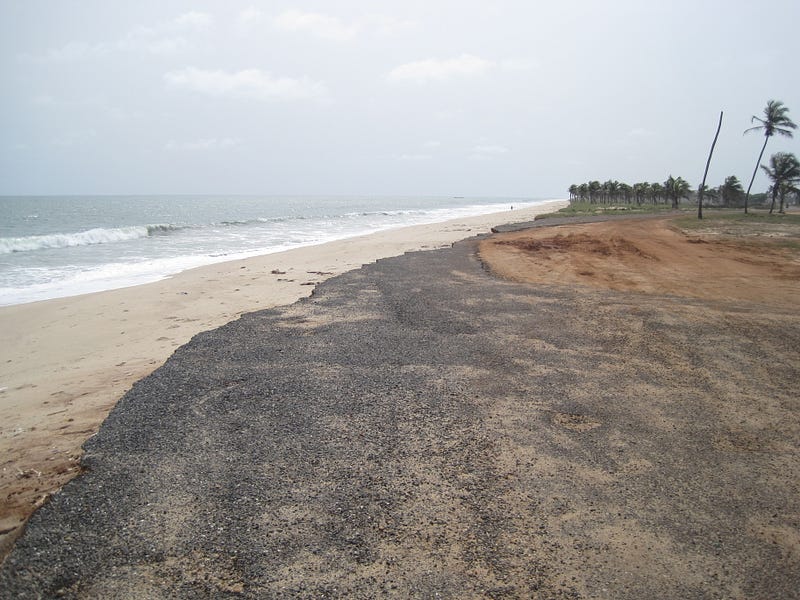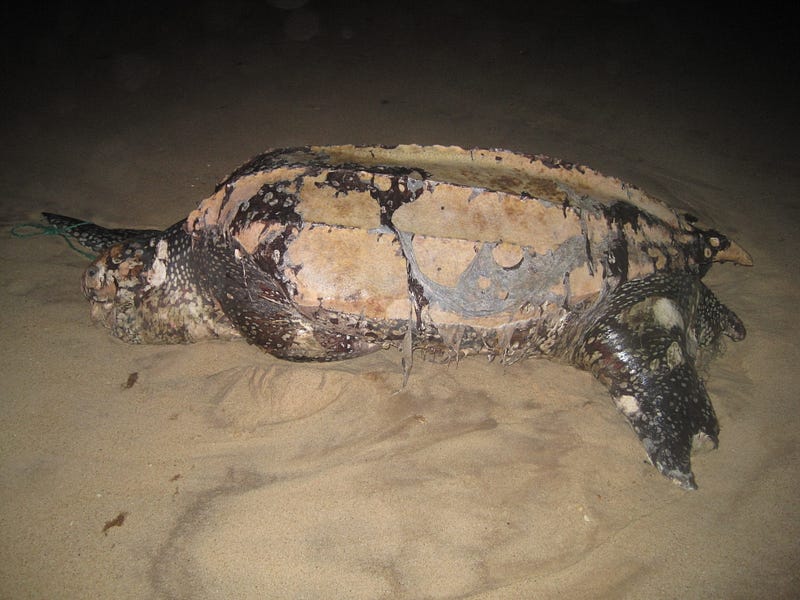
I’ve tried to focus on lighter fare with these stories. The main reason I write them, and hopefully the reason you read them, is because I enjoy doing so. That said, it is important every once in a while to reflect on some of the less enjoyable stories. However, I feel that I should warn you that the subject matter in this post, as well as the pictures, may be disturbing to some. I promise stories like this will be infrequent.
I love sea turtles. This goes back a long time. Because of these feelings, I want these amazing creatures to be around for others to experience after I’m gone. Unfortunately, the conservation status of sea turtles is still precarious. While some species have made improvements, six of them are still threatened in some degree with extinction. The causes of this vary between species and over time. They include universal threats such as egg poaching or ensnarement in fishing line as well as unique threats to individual species. For example, the hawksbill sea turtle, Eretmochelys imbricata, is the source of a beautiful material known as tortoiseshell (created from the pliable scutes that make up its shell).
I have, unfortunately, witnessed several of these personally during my time studying sea turtles. These include massive erosion on their nesting beaches.


Turtles that have been killed for their meat.

Turtles that have been on the losing end of boat strikes.

This particular individual from Ghana affected me greatly. I mentioned previously my affection for the leatherback sea turtle, Dermochelys coriacea. It is the largest of the seven sea turtles, and the one on which much of my own field work has focused. I was not exaggerating when I said I find them beautiful. To see such a graceful creature torn up in this way was difficult to bear.
The top picture is of an olive ridley sea turtle, Lepidochelys olivacea. On that day, I was working with someone who has been studying the diet composition of that species along the Gulf Coast of Florida. That turtle was being returned after being sampled and we were going to try and catch some more. We didn’t get any more ridleys that day, but we did catch another turtle, a green sea turtle, Chelonia mydas. This individual exhibited a particular problem that I had known about for some time, but never seen before in the wild.

Those ‘tumors’ covering the turtle are in fact the result of a disease called fibropapillomatosis. They are benign (non-cancerous) growths of the outer skin and the inner tissues. By themselves they aren’t dangerous, but can hamper sight if they cover the eyes or become fatal if they grow internally. There are still many things we don’t know about this disease, but evidence points to the most likely cause as a turtle-specific herpes virus (the same family of viruses that cause chickenpox and shingles in humans, for example). There is also evidence that environmental contamination can exacerbate the condition and promote tumor growth.

Why am I sharing these experiences with you? Because it is easy to get caught up in appreciating nature. It is easy to forget that nature needs to be protected. Species come and go, but usually on a geologic time scale. The vast majority of population declines in sea turtles can be attributed to direct or indirect human action.
What we do matters, even if we can’t always see it. Please keep that in mind when you are enjoying nature. Even simple things can make a difference. The natural world is connected through a series of complicated relationships that we still do not fully understand. We cannot extricate ourselves from those relationships, so we must each decide how we deal with them.
This wasn’t what I had initially planned to write about this time around. It came to me as I looked through my sea turtle pictures. For next time, I promise a more uplifting sea turtle story.